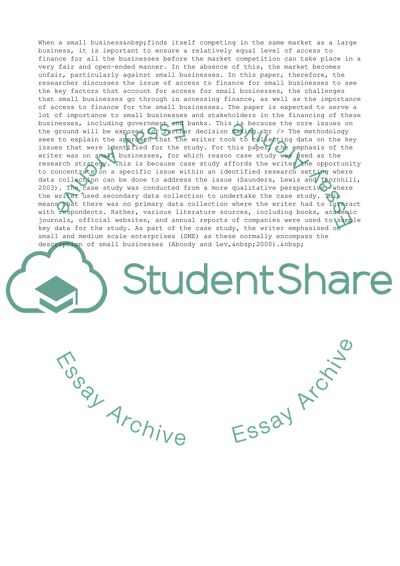Cite this document
(Access to Finance for Small Businesses Research Proposal, n.d.)
Access to Finance for Small Businesses Research Proposal. Retrieved from https://studentshare.org/business/1822546-access-to-finance-for-small-businesses
Access to Finance for Small Businesses Research Proposal. Retrieved from https://studentshare.org/business/1822546-access-to-finance-for-small-businesses
(Access to Finance for Small Businesses Research Proposal)
Access to Finance for Small Businesses Research Proposal. https://studentshare.org/business/1822546-access-to-finance-for-small-businesses.
Access to Finance for Small Businesses Research Proposal. https://studentshare.org/business/1822546-access-to-finance-for-small-businesses.
“Access to Finance for Small Businesses Research Proposal”. https://studentshare.org/business/1822546-access-to-finance-for-small-businesses.


